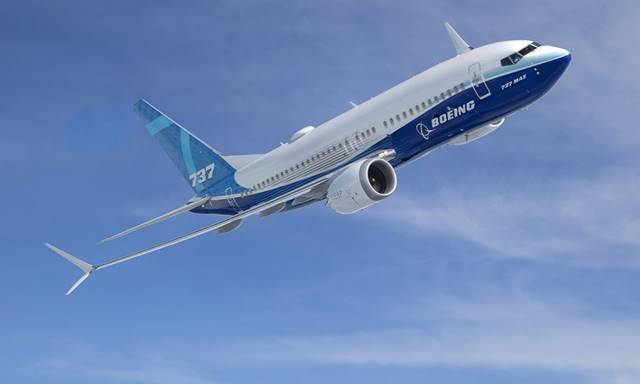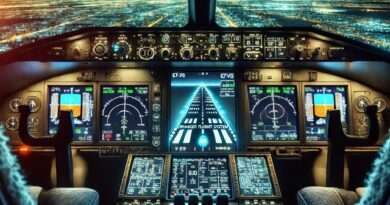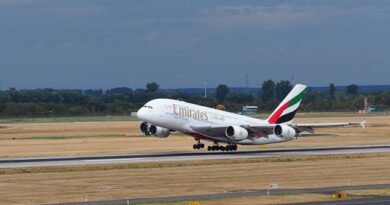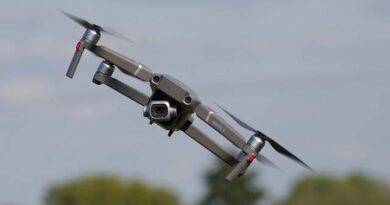A Soaring Journey: A Comprehensive Look at the History of Commercial Airliners
The captivating story of commercial airliners stretches back to the dawn of the 20th century, when the skies were a realm yet to be conquered by passenger travel. Let’s delve deeper into the remarkable milestones that paved the way for the sophisticated airliners we know today. A Comprehensive Look at the History of Commercial Airliners.
Pioneering Flights and Propeller Power (Early 20th Century)
- 1914: The year that marks the birth of scheduled commercial air travel. The first successful service takes off, carrying mail between St. Petersburg, Florida, and Tampa, Florida.
- 1919: KLM, the Royal Dutch Airlines, takes flight, establishing itself as the oldest continually operating airline in the world.
- 1920s: The Ford Tri-Motor, affectionately nicknamed the “Tin Lizzie of the Skies,” emerges as a popular early airliner. Despite its bumpy rides and limited passenger capacity of eight, it plays a pivotal role in laying the groundwork for future advancements.
- 1930s: The Boeing 247, dubbed the “first modern airliner,” revolutionizes the industry with its all-metal construction, retractable landing gear, and pressurized cabin. This technological leap offers passengers a smoother and faster flight experience compared to its predecessors.
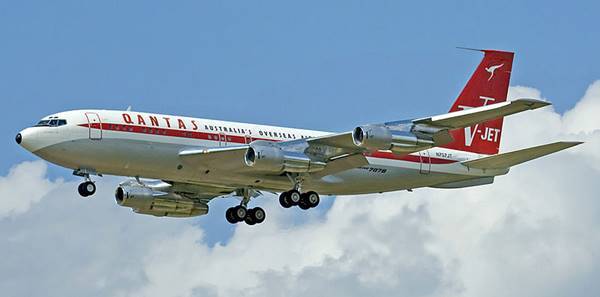
The Jet Age: Ushering in an Era of Speed (1950s-1970s)
- 1952: The world witnesses the first commercial jet airliner flight, with the De Havilland Comet taking to the skies. However, technical issues lead to its grounding shortly after.
- 1955: Undeterred by the Comet’s challenges, the Boeing 707 and Douglas DC-8, the first truly successful jet airliners, take flight. These pioneering models usher in a golden age of air travel, offering significantly faster flight times and greater passenger capacity compared to propeller-driven aircraft.
- 1969: The supersonic Concorde makes its debut, achieving speeds exceeding twice the speed of sound. Although commercially successful for a period, its high operating costs and environmental concerns ultimately lead to its retirement in 2003.
- 1970s: The iconic Boeing 747, also known as the “Jumbo Jet,” enters service, revolutionizing long-haul travel with its double-deck design and ability to carry hundreds of passengers.
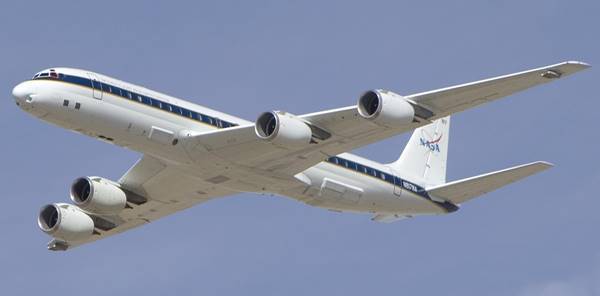
Modern Marvels: A Focus on Efficiency and Innovation (1980s-Present)
- 1980s-1990s: The industry shifts its focus towards fuel efficiency and passenger comfort. New models like the Airbus A320 family and the Boeing 777 emerge, incorporating advanced technologies to achieve these goals. Wider cabins, improved in-flight entertainment systems, and quieter engines become defining features of modern airliners.
- 2000s-Present: Technological advancements continue at a rapid pace. Fly-by-wire systems, composite materials, and next-generation engines further enhance efficiency, safety, and performance. Sustainability efforts also gain significant traction, with airlines and manufacturers exploring alternative fuels and cleaner technologies to minimize the environmental impact of air travel.
The captivating history of commercial airliners is a testament to human ingenuity and the relentless pursuit of progress. From the pioneering flights of the early 20th century to the sophisticated marvels of the modern age, these flying machines have transformed the world into a smaller, more interconnected place, leaving an indelible mark on the way we travel and experience the globe.
References and Further Reading:
- Smithsonian National Air and Space Museum: https://airandspace.si.edu/multimedia-gallery/5842hjpg
- Boeing History: https://www.museumofflight.org/exhibits-and-events/exhibits/boeing-story-1916-1958
- Ford Tri-Motor: https://www.thehenryford.org/collections-and-research/digital-collections/sets/12324
- Douglas DC-3 History: https://www.smithsonianmag.com/history/how-the-dc-3-revolutionized-air-travel-5444300/
- Lockheed L-10 Electra: https://en.wikipedia.org/wiki/Lockheed_Model_10_Electra
- Air Mail Service Development: https://postalmuseum.si.edu/topics/airmail-service
